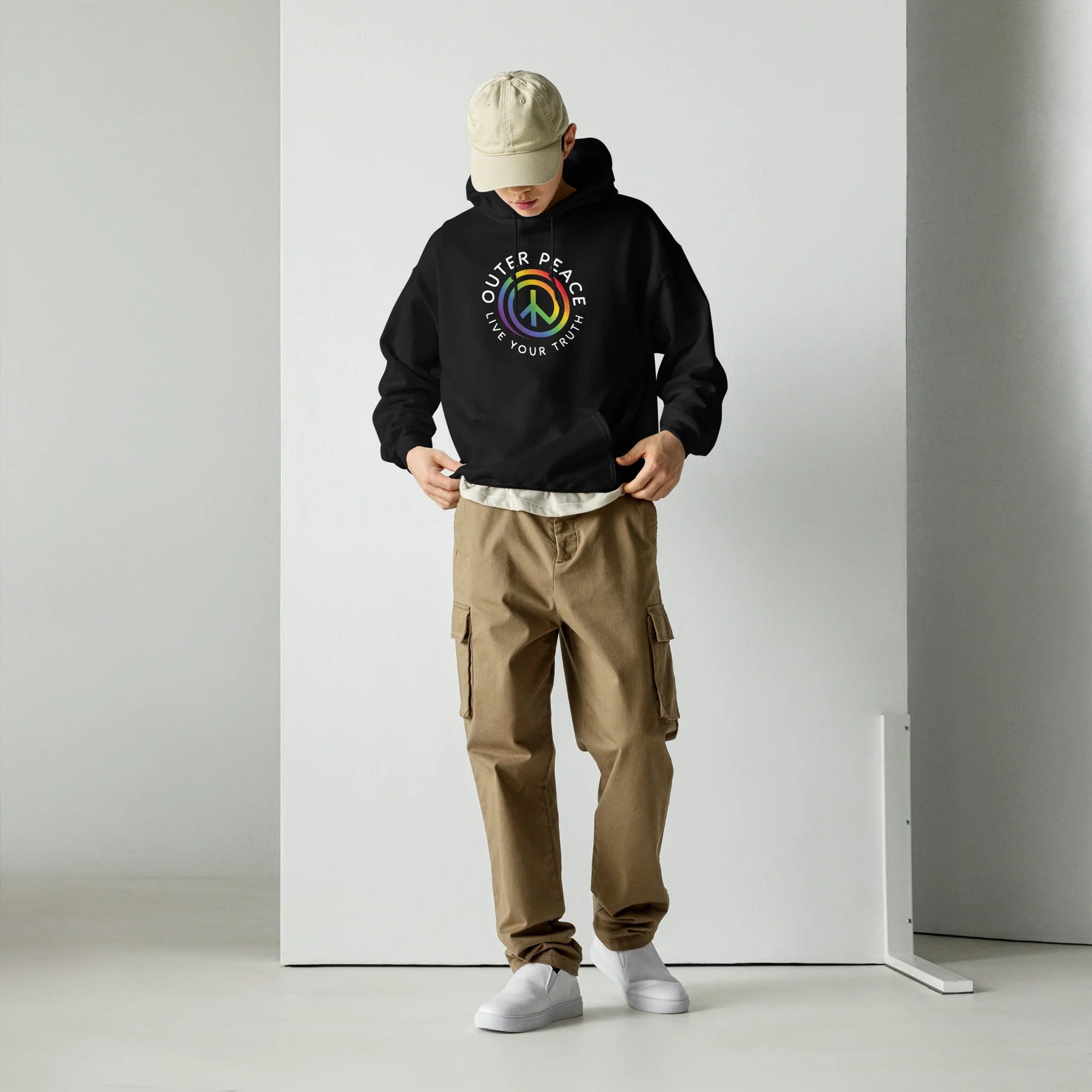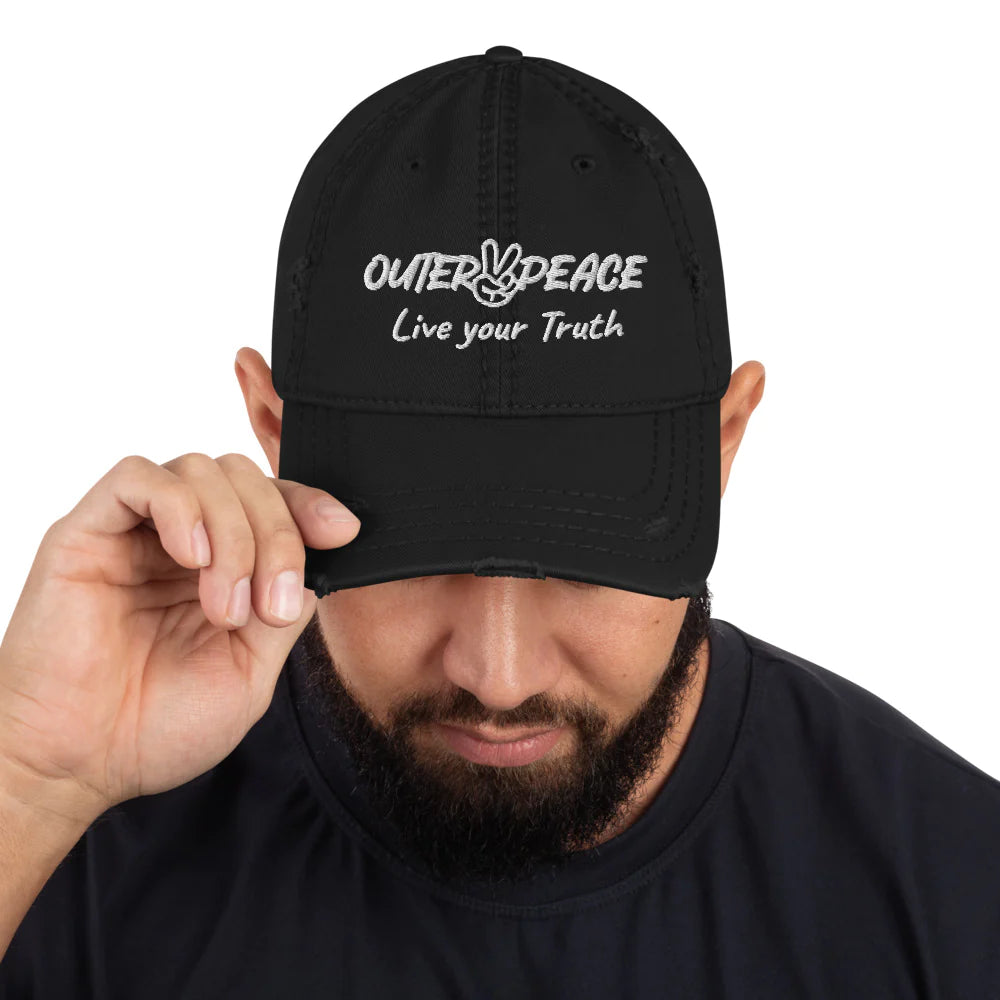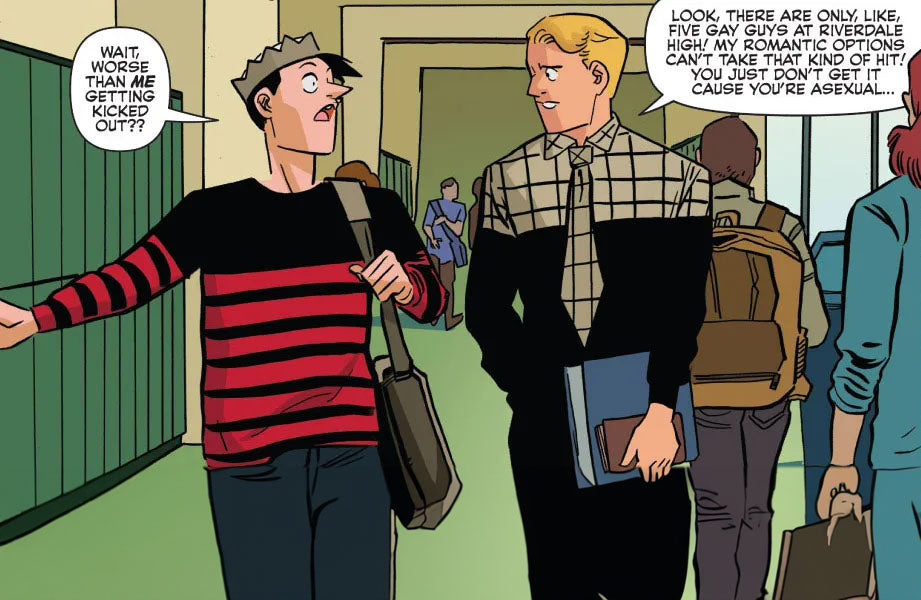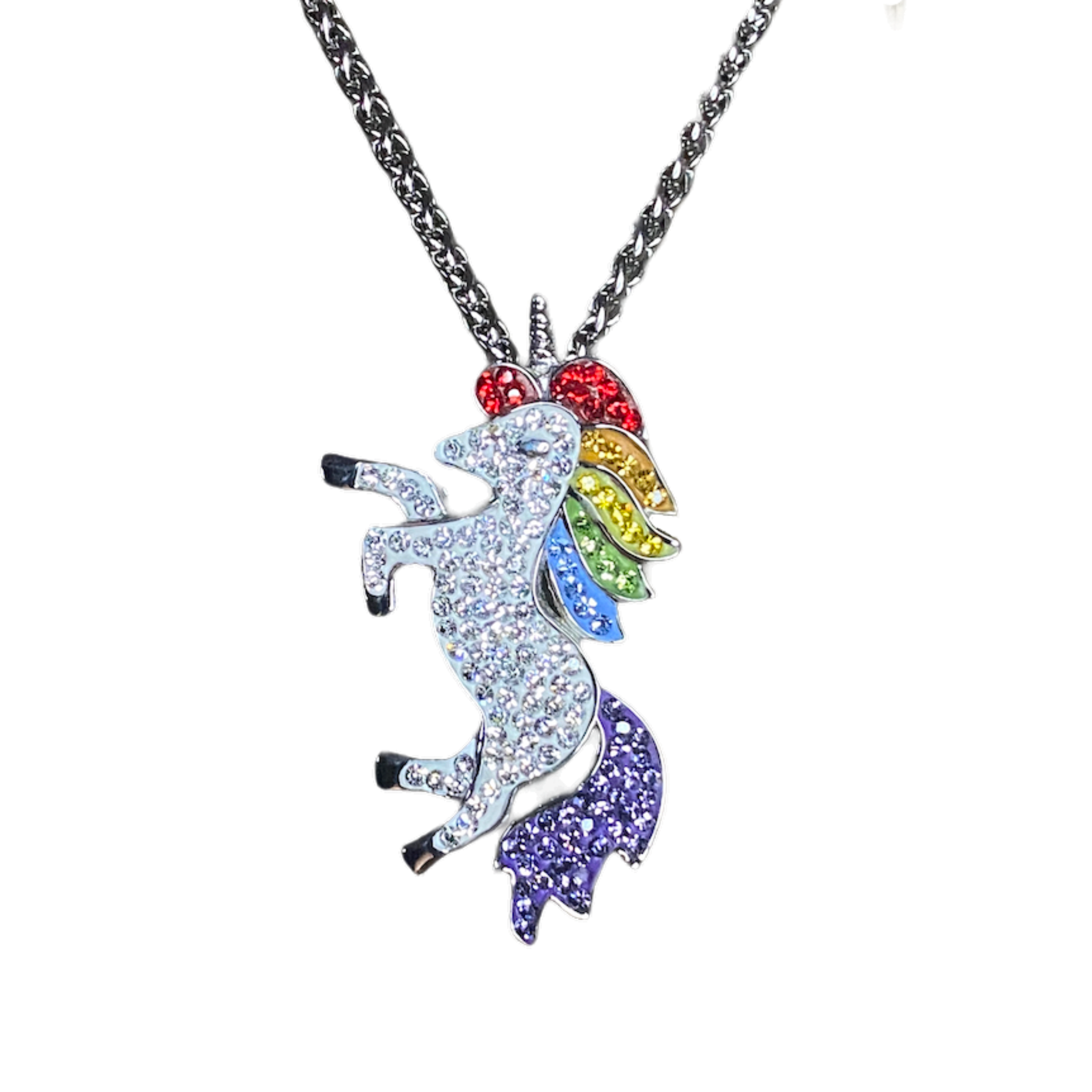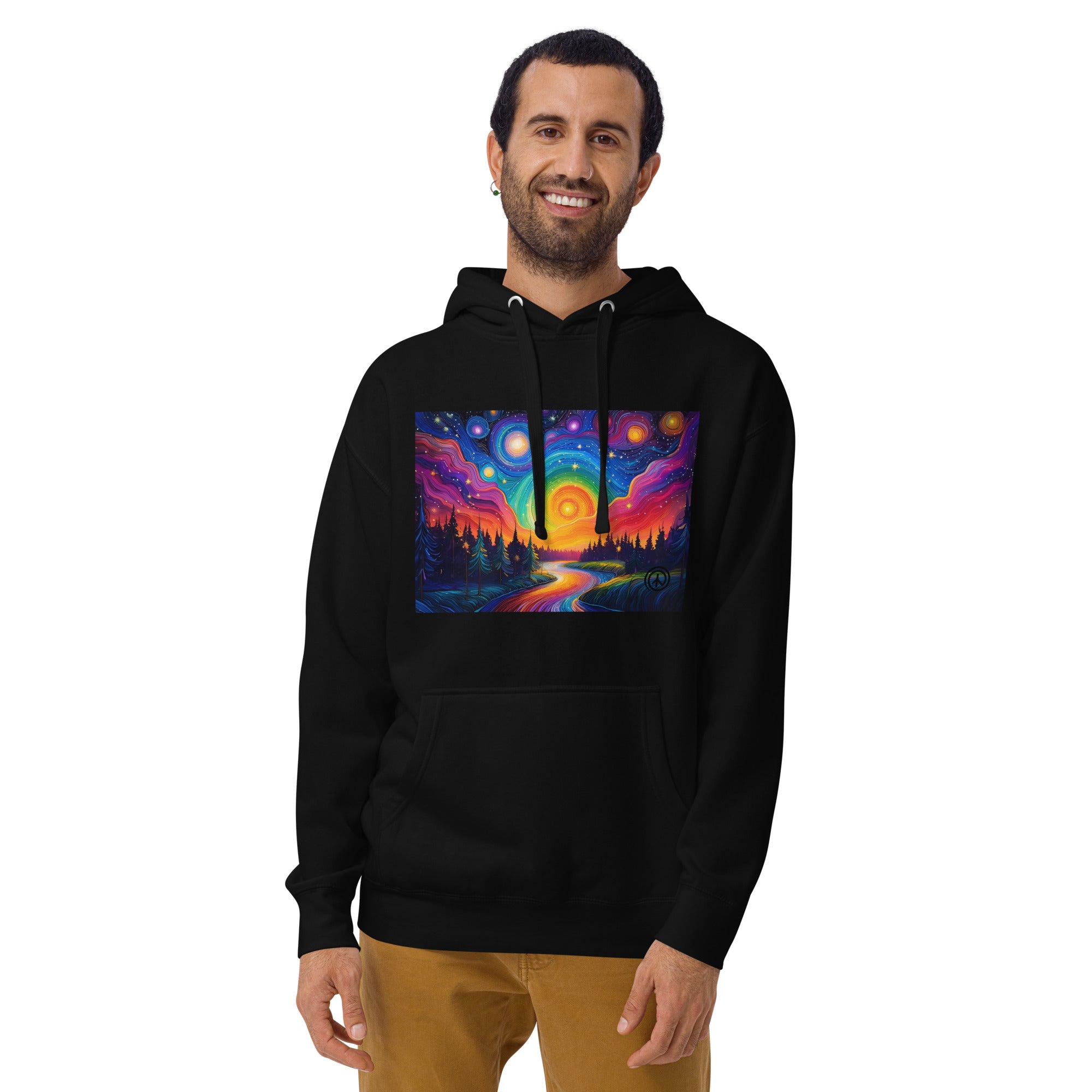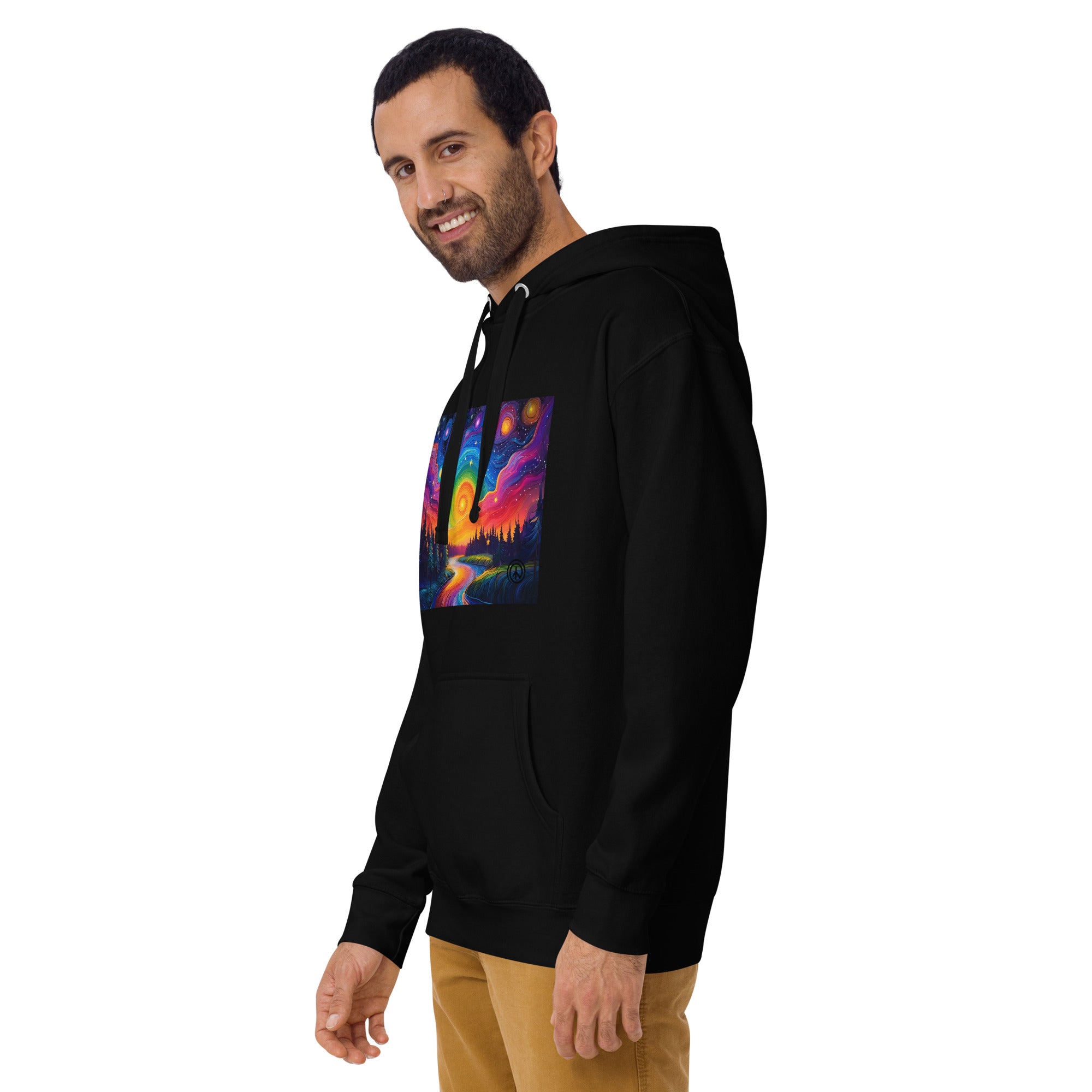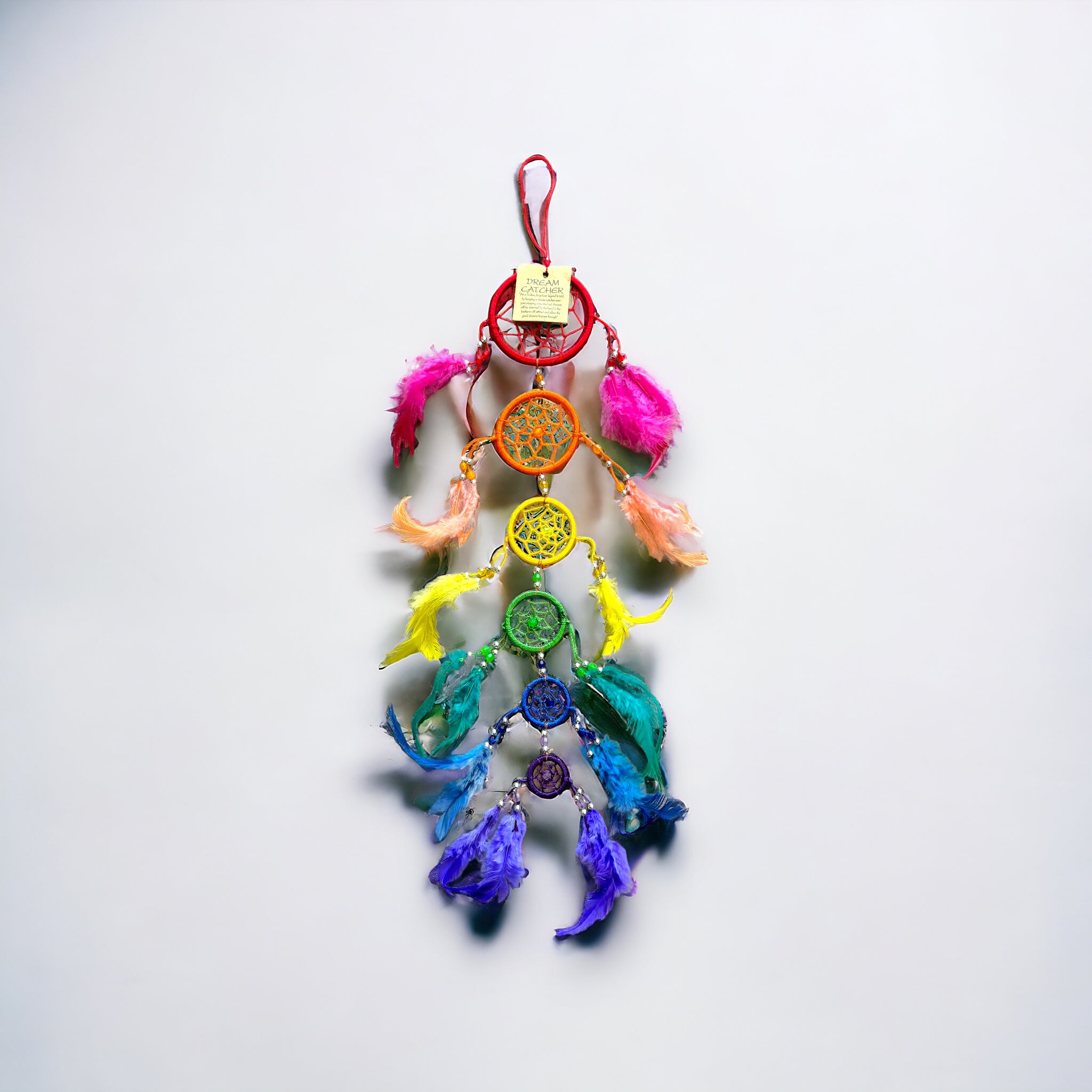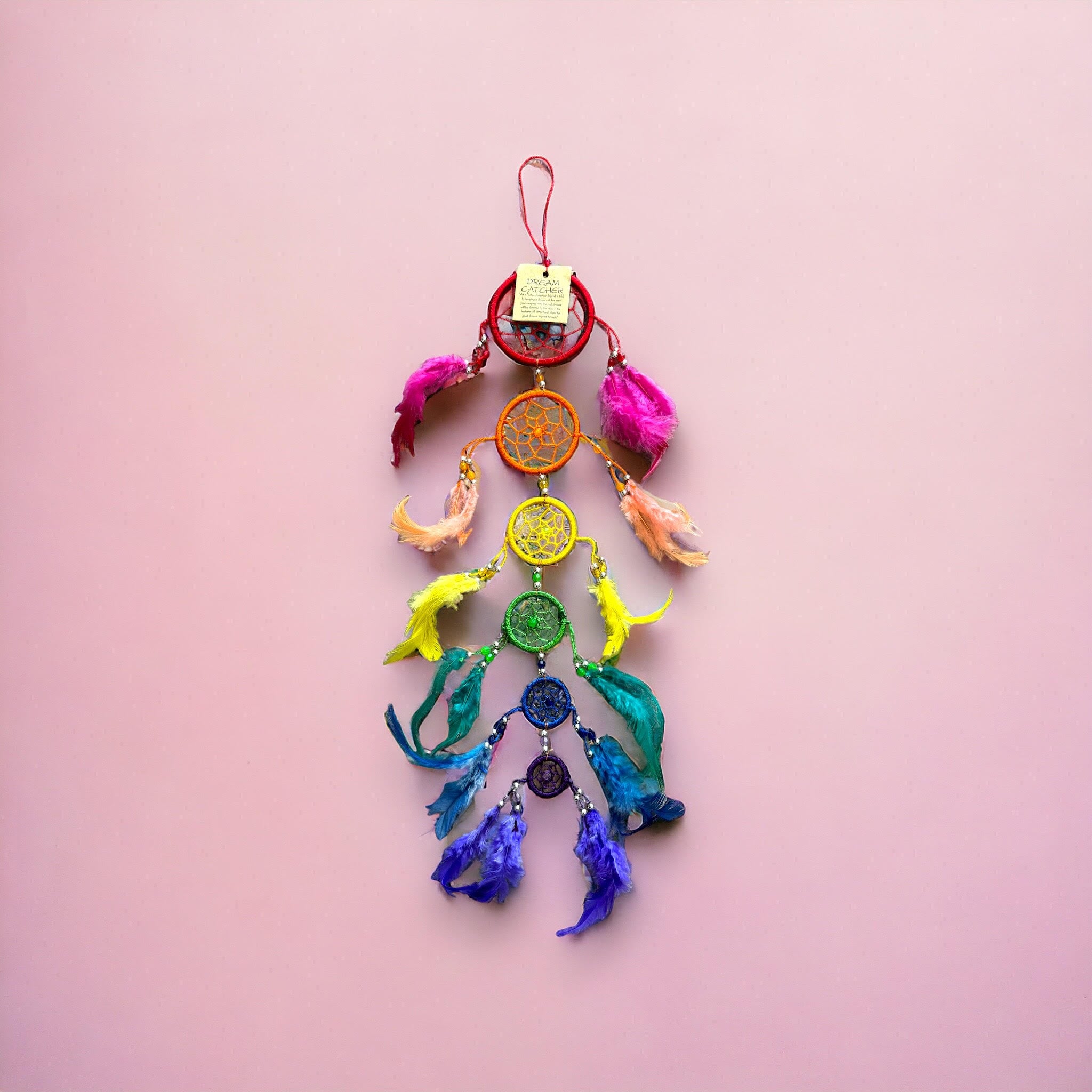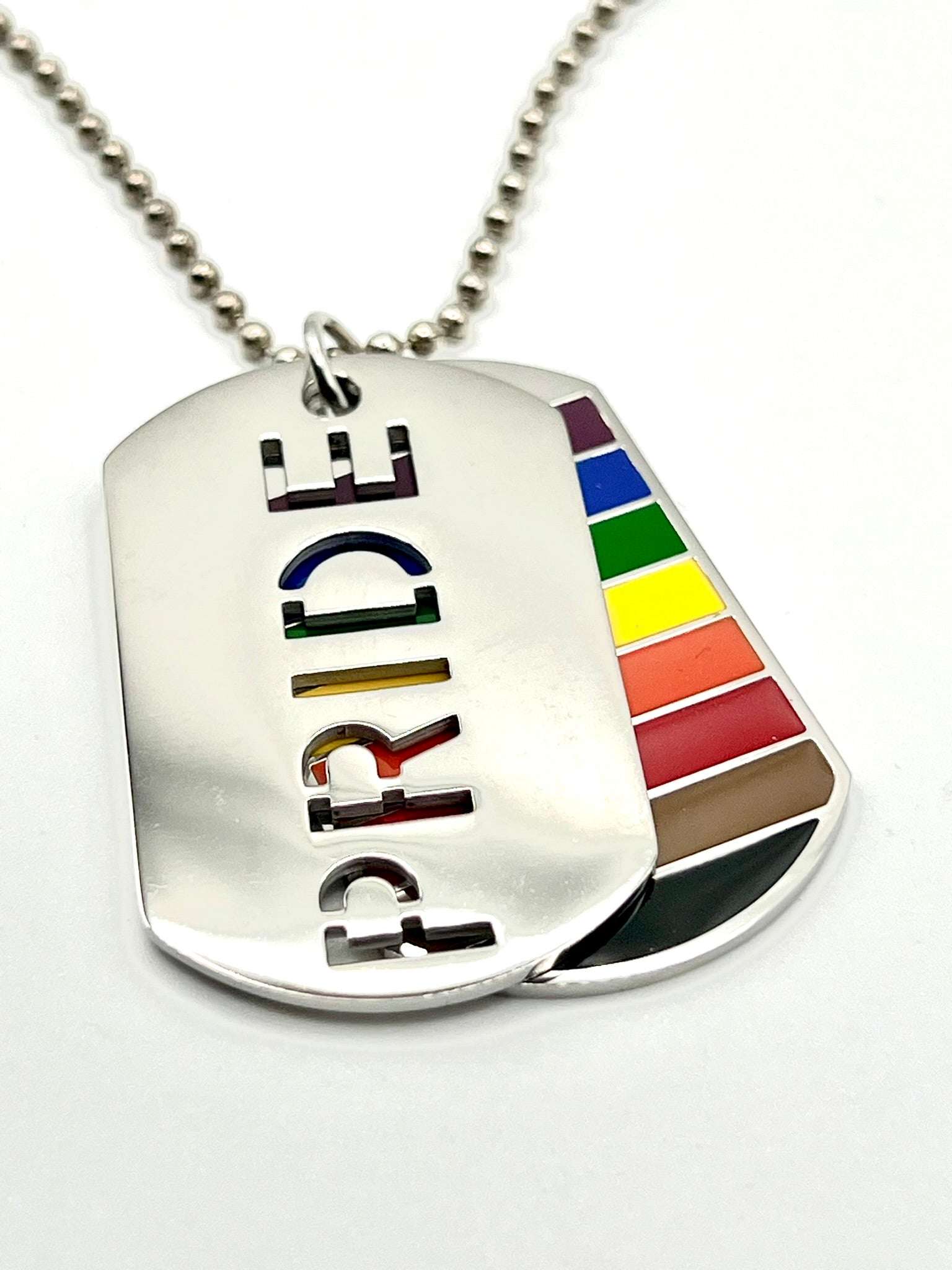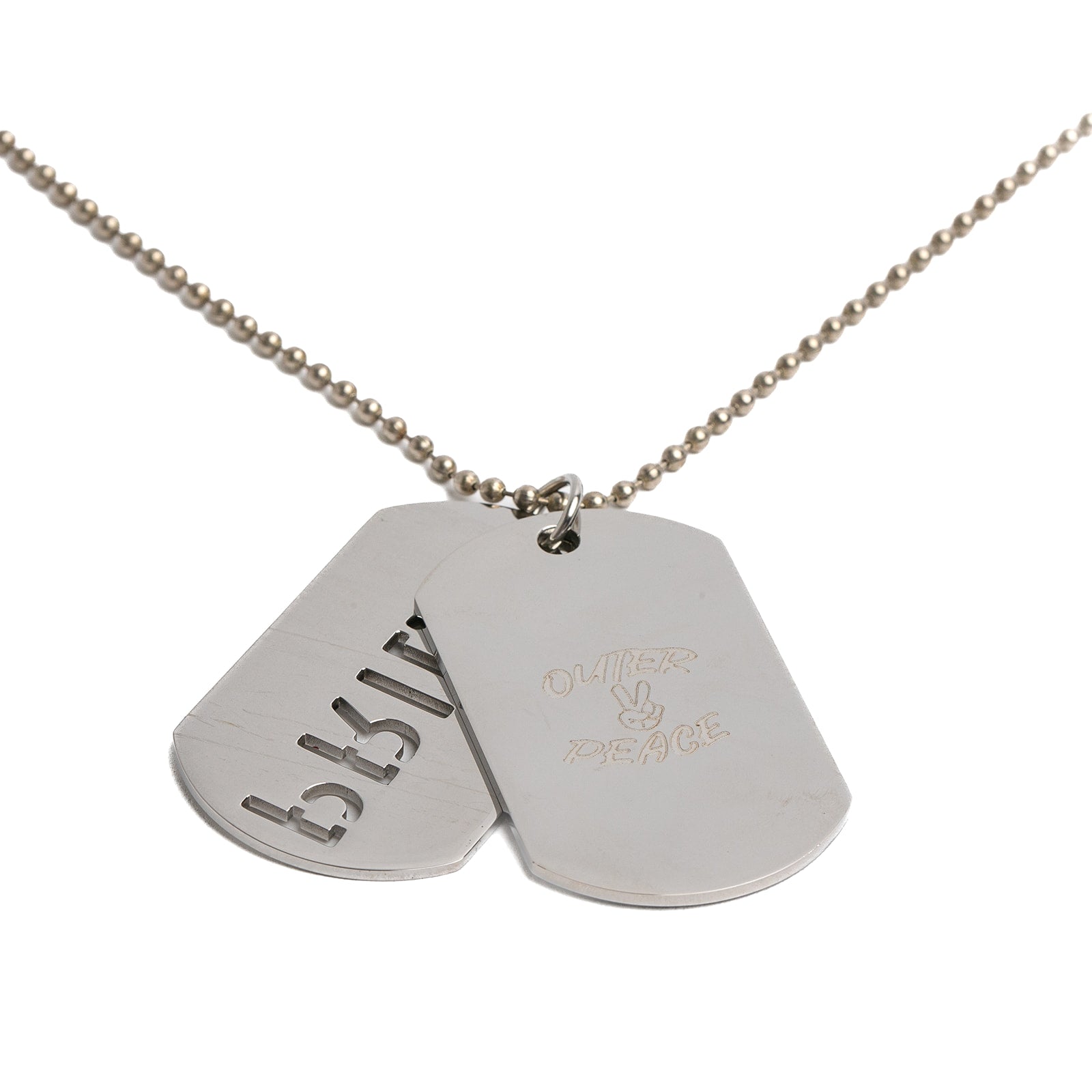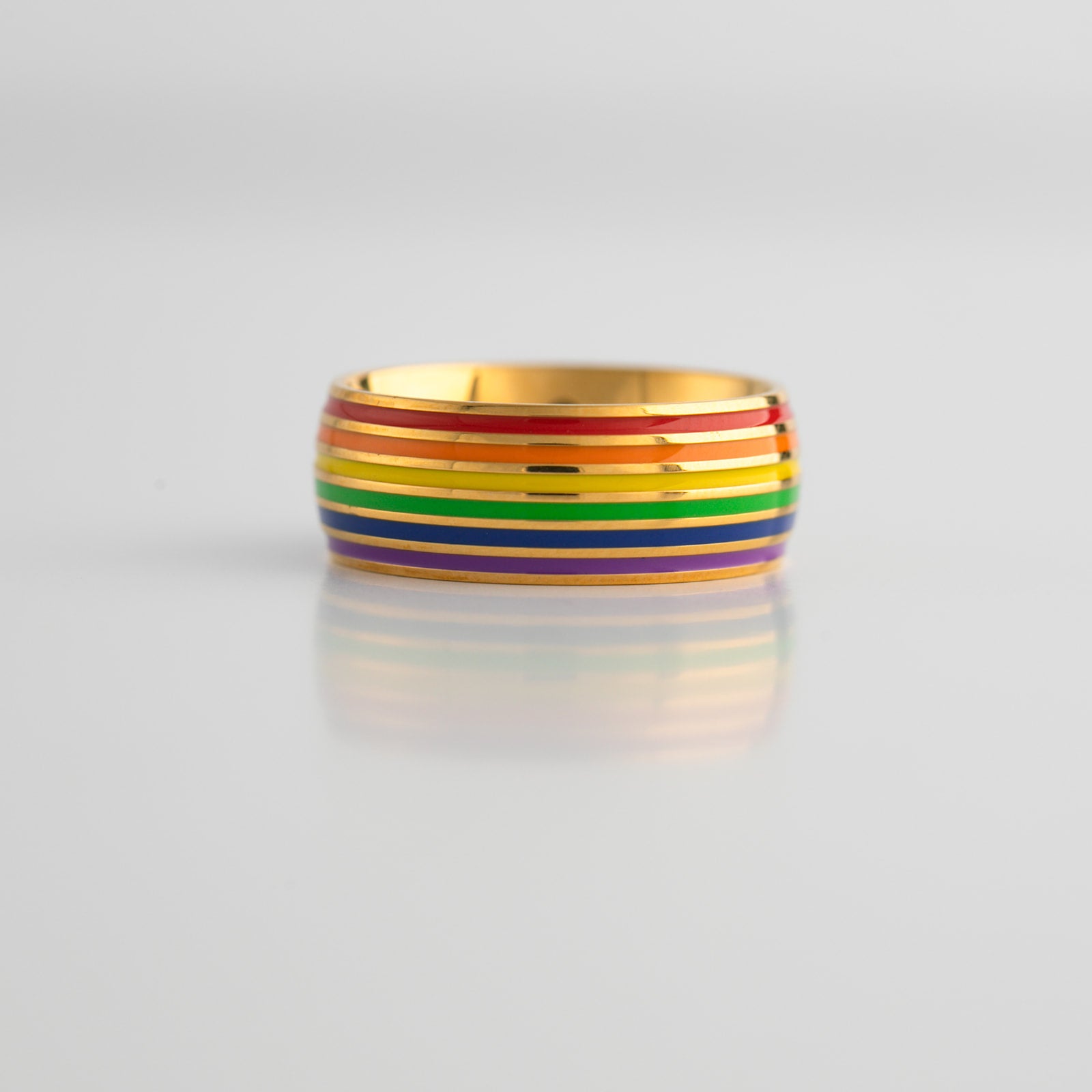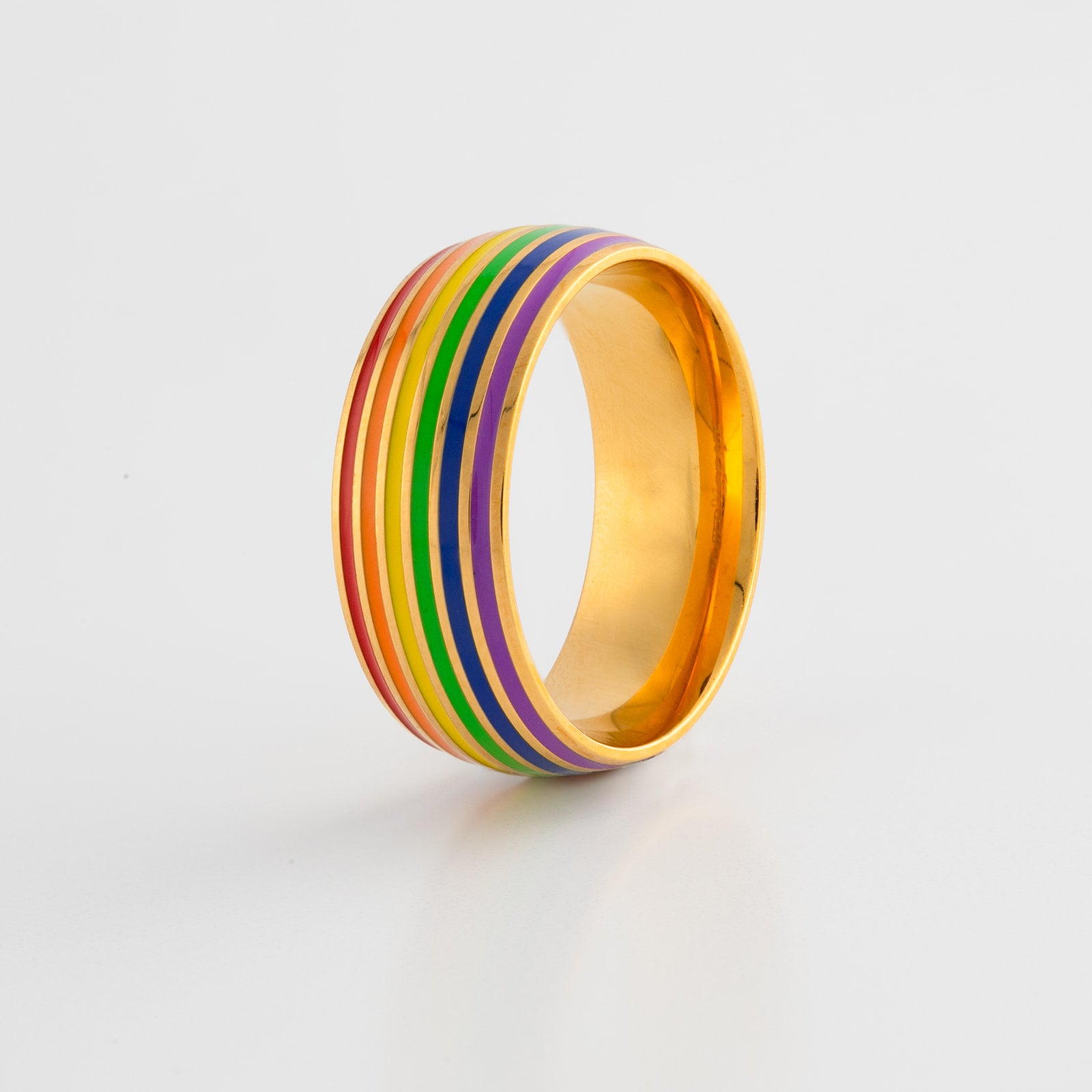Asexuality, often represented by the letter 'A' in the LGBTQIA+ acronym, is a sexual orientation characterized by a lack of sexual attraction to others. However, it's a spectrum with varied experiences and identities, making it a complex and nuanced topic within the broader LGBTQIA+ community. This article delves into the intricate world of asexuality, shedding light on its significance and the diverse experiences of individuals identifying as asexual.
Unveiling Asexuality
Asexuality is typically defined as the absence of sexual attraction to others, although individual experiences can vary significantly. Some asexual individuals, often referred to as 'ace', might still choose to engage in sexual activities despite lacking sexual attraction, often for relational or other personal reasons1. The "A" in LGBTQIA+ also encompasses aromantic and agender identities, with aromantic individuals experiencing little to no romantic attraction, and agender individuals not identifying as either male or female2.
The Spectrum of Asexuality
Asexuality isn't a one-size-fits-all orientation. It embodies a spectrum of identities and experiences:
-
Gray Asexuality: Individuals who identify with gray asexuality are on the spectrum between asexuality and allosexuality, sometimes experiencing sexual attraction but usually under specific conditions3.
-
Demisexuality: This falls within the gray area, where individuals only experience sexual attraction after forming a strong emotional bond4.
-
Aroflux and Aceflux: These terms describe fluctuating experiences of romantic and sexual attraction, respectively5.
Understanding the diverse range of experiences within the asexual community is crucial for fostering inclusivity and eradicating misconceptions.
Challenges and Misconceptions
A common misconception is conflating asexuality with sexual interest/arousal disorder; the key distinction being asexuality is an orientation, not a disorder6. Asexual individuals often face challenges in recognition and acceptance, even within the LGBTQIA+ community, where some argue that the 'A' stands for 'ally' instead of 'asexual', 'aromantic', or 'agender'7.
Representation and Visibility
Representation matters, and this is particularly true for asexual individuals who often find themselves overlooked or misunderstood. The media and popular culture have only recently begun to portray asexual characters in a positive or neutral light, and even then, such representations are scarce. Increased visibility of asexual individuals, both in media and in public discussions, helps to challenge stereotypes and foster a broader understanding of asexual experiences.
Notable Asexual Figures and Characters
There are a few notable public figures and fictional characters who identify as asexual or exhibit asexual tendencies, contributing to asexual visibility. For instance, Todd Chavez from the animated series BoJack Horseman is one of the show's most memorable characters, and his portrayal has been recognized for positive asexual representation1234. On the other hand, Jughead Jones from the Archie comics series has also been revealed to be asexual in the fourth issue of his rebooted solo title, marking him as the first major asexual character in a mainstream comic book5678. Their characters provide a glimpse into the diverse nature of asexual experiences, albeit in a fictional setting, and contribute towards creating more visibility and understanding of asexuality in popular culture.
Advocacy and Community Support
Asexual individuals, like others within the LGBTQIA+ spectrum, benefit from community support and advocacy. Various organizations and online communities exist to provide resources, support, and a sense of belonging to asexual individuals. These platforms also play a crucial role in educating the public and advocating for asexual inclusivity and rights.
Asexual Visibility and Education Network (AVEN)
The Asexual Visibility and Education Network (AVEN) is one of the most prominent organizations supporting asexual individuals. It offers a plethora of resources, forums, and educational materials aiming to create a more accepting and knowledgeable society.
The Road Towards Acceptance
The journey towards wider acceptance and understanding of asexuality is ongoing. Although strides have been made, particularly in recent years, there is still much work to be done to eradicate misconceptions and ensure asexual individuals enjoy the same rights and societal acceptance as others within and outside the LGBTQIA+ community.
Future Hopes
The hope is that as society becomes more educated on asexuality and the broader LGBTQIA+ spectrum, the stigma surrounding asexuality will diminish. A more nuanced understanding will lead to a more inclusive society where asexual individuals can live openly without fear of discrimination or misunderstanding.
Featured collection
Get onboard with out awesome collection of LGBTQ+ exclusives!
2 Color(s) Available
10 Color(s) Available

